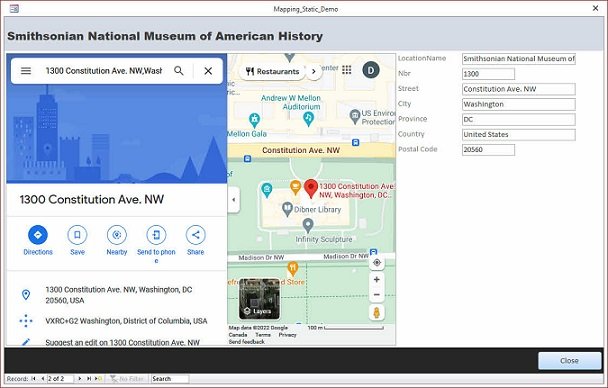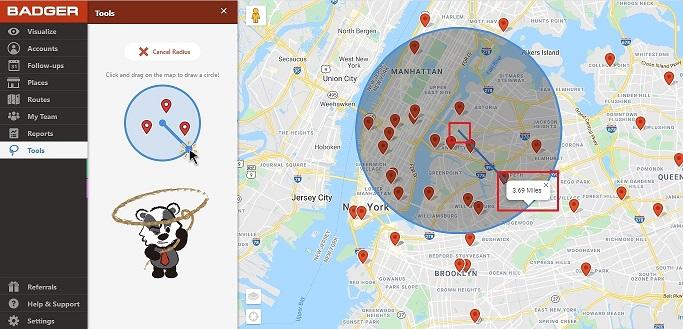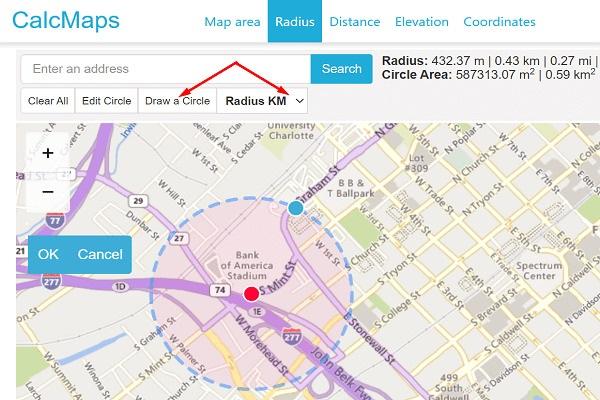Among the mapping platforms available, Google Maps is arguably one of the most versatile. From finding the quickest route to our destination to discovering new places of interest, Google Maps has transformed how we navigate familiar and unfamiliar territories.
By the end of this blog, users will have the knowledge they need to create their own radius maps and make informed decisions based on geographical insights.
How To Find Nearby Snapchat Friends?
Accessing Google Maps

To begin, users can launch a web browser of their choice and navigate to the Google Maps website (www.google.com/maps). Alternatively, if you’re using a mobile device, users can locate and tap on the Google Maps application icon on their home screen or app drawer.
Next, as an optional step, users may log in to your Google Account, granting them access to additional features and personalized settings. On the Google Maps website, you’ll find a “Sign in” button. After clicking on this button, users can enter their Google Account credentials in the provided fields.
The app will prompt users to sign in or choose an account upon opening the application. It is worth noting that while signing in is not mandatory to use Google Maps, it enables you to save and access your maps across devices and provides a seamless experience with other Google services.
Finding the Desired Location

Next, users will want to locate the specific area they want to focus on using the map radius tool. To do so, simply enter the name, address, or coordinates of the location in the search bar provided by Google Maps. As users start typing, Google Maps will provide suggestions and autocomplete options, making finding the precise area you’re looking for even more convenient. Whether it’s a city, a landmark, or a street address, the search bar lets you quickly pinpoint your chosen location.
Once you have entered the location, Google Maps will navigate and center the map view on that area. However, users may still want to adjust the zoom level to obtain a clearer view of the surroundings. Zooming in or out allows you to control the level of detail displayed on the map.
By zooming in, you can get a closer look at streets, landmarks, and other features that will aid in accurately positioning your radius map. On the other hand, zooming out provides a broader perspective, allowing you to encompass a larger area and better understand the surroundings.
Why Am I Not Getting DoorDash Orders In a Hotspot?
Drawing The Radius

Look for the toolbar or menu options in Google Maps to draw the radius. Depending on your Google Maps version, you may find options such as “Draw a line” or “Draw a shape.” Click or tap on the appropriate tool to activate the drawing mode. With the drawing tool activated, position your cursor or finger on the map where you want the center of the radius to be. Click or tap on that spot to mark it as the center point. This center point will serve as the reference for extending the radius.
After marking the center point, you can now adjust the radius of your map. Depending on your selected drawing tool, users can click or tap to create a line representing the radius or click and drag to draw a shape that includes the desired radius.
As you click or drag, the radius line appears on the map. Adjust the length or size of the radius by clicking or dragging further. You can fine-tune the radius until it matches the desired range you want to visualize.
Creating Your First Map
Following these simple steps, you can effortlessly draw the desired radius on the map in Google Maps. Whether you need to visualize a specific range for business purposes, research, or personal interests, Google Maps provides the basic tools to create accurate and customizable radius maps.
Drawing the radius allows you to gain valuable insights and make informed decisions based on spatial information within a defined range.

